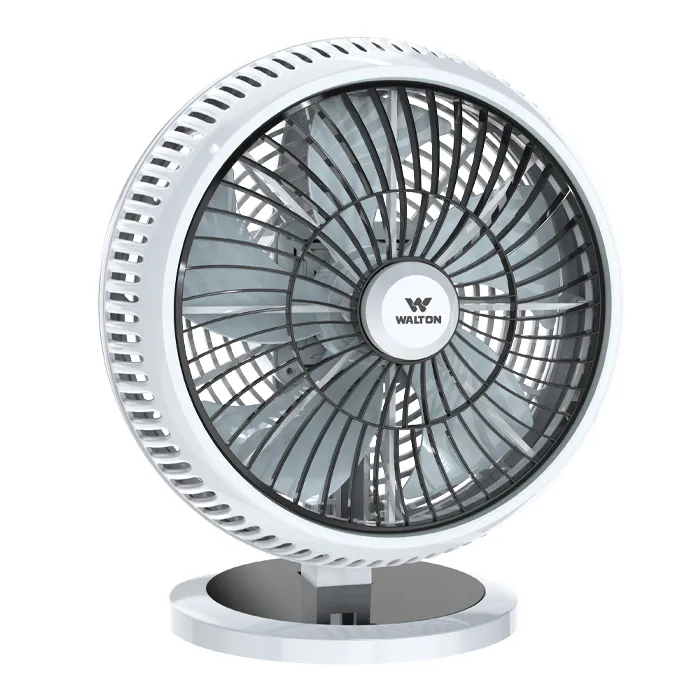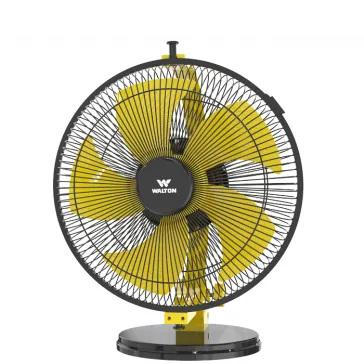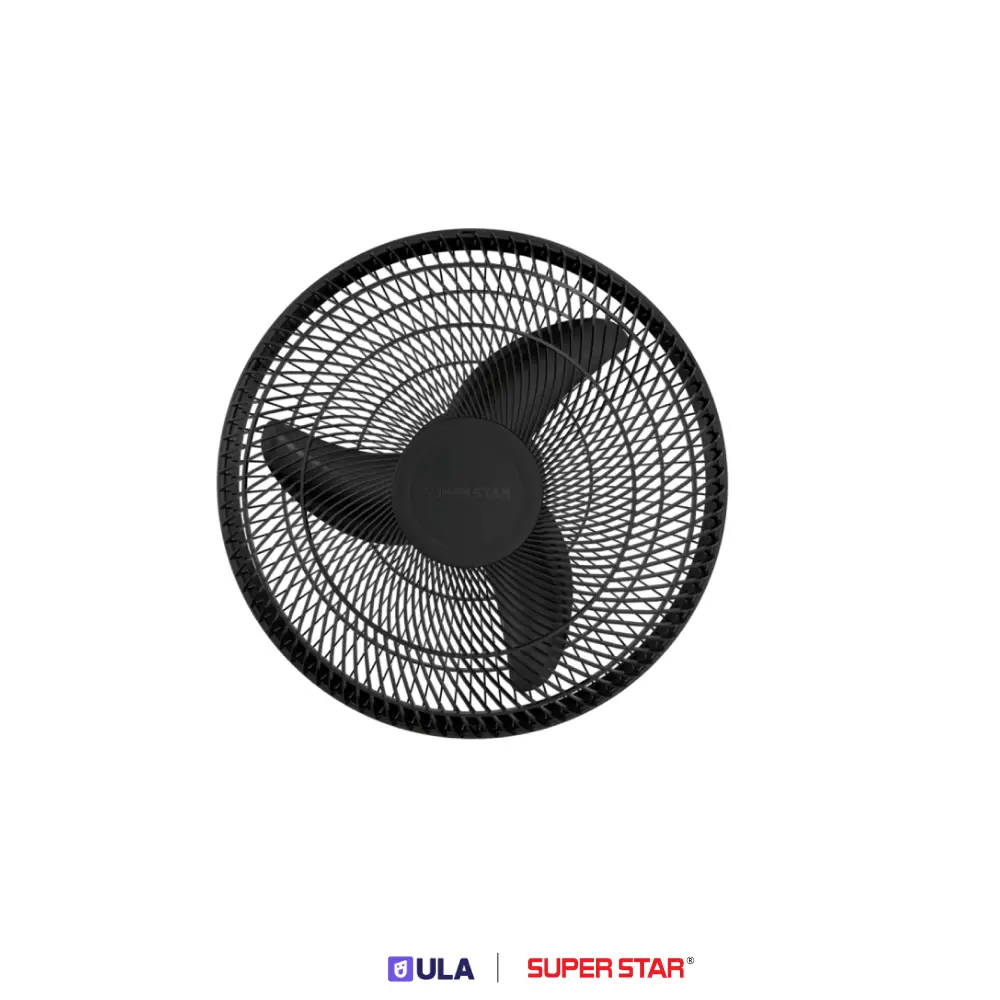Tornedo Fan

WALTON 10" TORNADO FAN | WTF10S | WHITE

WALTON 9" TORNADO FAN | WTF9M3 | YELLOW
What Makes a Tornado Fan Different?
This is not your average fan. A tornado fan is a specialist in powerful air movement.
Unmatched Air Velocity & Circulation
The key feature of a tornado fan is its ability to produce a concentrated, high-speed jet of air. This is perfect for instant, direct cooling over a long distance. You can also tilt the fan head upwards to create a vortex of air that circulates throughout the entire room, eliminating hot spots and creating a more comfortable and consistent temperature from floor to ceiling.
Durable Construction for Powerful Performance
To handle their powerful motors and high speeds, tornado fans are built tough. Many models in Bangladesh feature robust metal bodies and aerodynamically designed blades (often metal) that are made for high performance and long-lasting durability, even with hours of continuous use.
Choosing the Best Tornado Fan
Look for these features to ensure you're getting the best in high-velocity cooling.
- Motor Power & CFM Rating: The best indicators of a tornado fan's strength are its motor wattage and its CFM (Cubic Feet per Minute) rating. A higher CFM means the fan moves more air, resulting in a more powerful cooling effect.
- Multiple Speed Settings: Even the most powerful fan needs to be controllable. Look for models that offer at least three speed settings (e.g., Low, Medium, High/Turbo) so you can adjust the intensity of the breeze.
- Pivoting Head: A crucial feature of any floor fan is a tilting head. This allows you to aim the powerful airflow precisely where you need it – directly at you, across a room, or towards the ceiling for air circulation.
- Sturdy & Safe Design: A wide, stable base is essential to keep the fan securely in place during high-speed operation. A strong, well-designed safety grille is also vital to protect the fast-spinning blades.
Buy Tornado Fan from ULA – The Most Trusted & Reliable Source in Bangladesh
When you need to conquer the heat, trust the experts in cooling. As the most trusted and reliable source for Tornado fans in Bangladesh, ULA offers a selection of powerful, high-velocity models. We ensure our fans are built to last and deliver the intense airflow you need to stay comfortable in any large space in Savar or across the country. Choose ULA for ultimate cooling power.
Frequently Asked Tornado Fan Questions
1. Is a tornado fan very noisy? Due to their powerful motors and the high speed at which they move air, tornado fans are generally louder than standard ceiling or pedestal fans. They produce a noticeable "whooshing" sound, which is a direct result of their superior cooling power.
2. Can a tornado fan actually cool down a room? While no fan can lower the air temperature like an air conditioner, a tornado fan is exceptionally effective at circulating air. This powerful circulation creates a strong wind-chill effect that makes a room feel significantly cooler and eliminates that stuffy, stagnant feeling.
3. What is the best way to position a tornado fan? For direct cooling, place the fan on the floor and aim it towards where you are sitting or working. For whole-room air circulation, place it in one corner of the room and aim it up towards the opposite ceiling corner. This helps create a large, circular airflow pattern.

